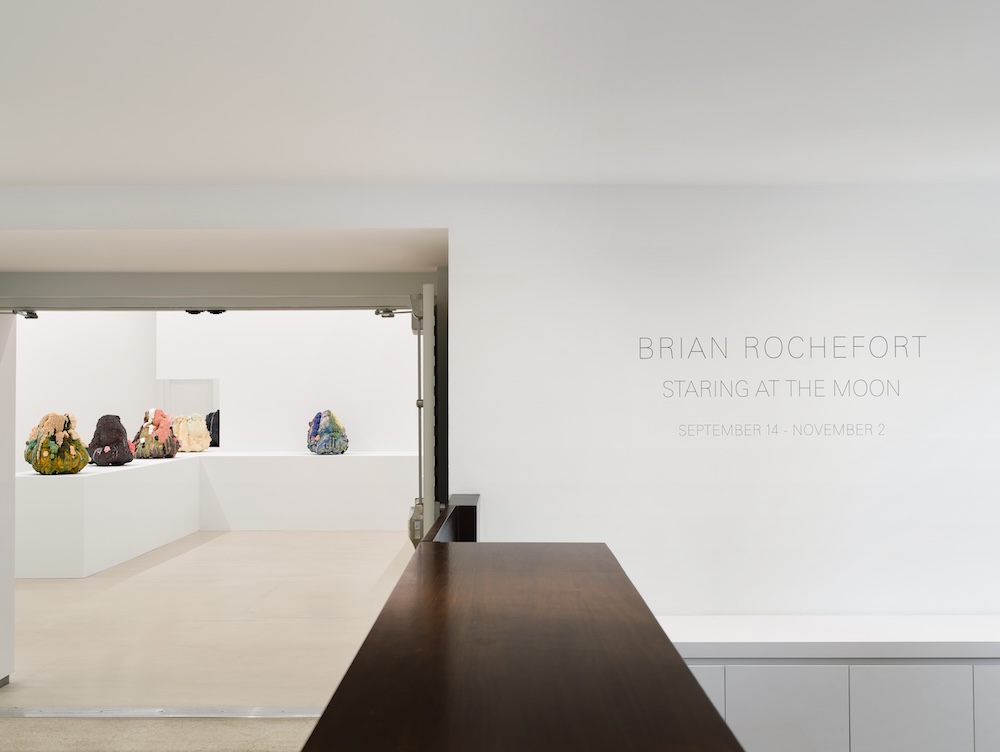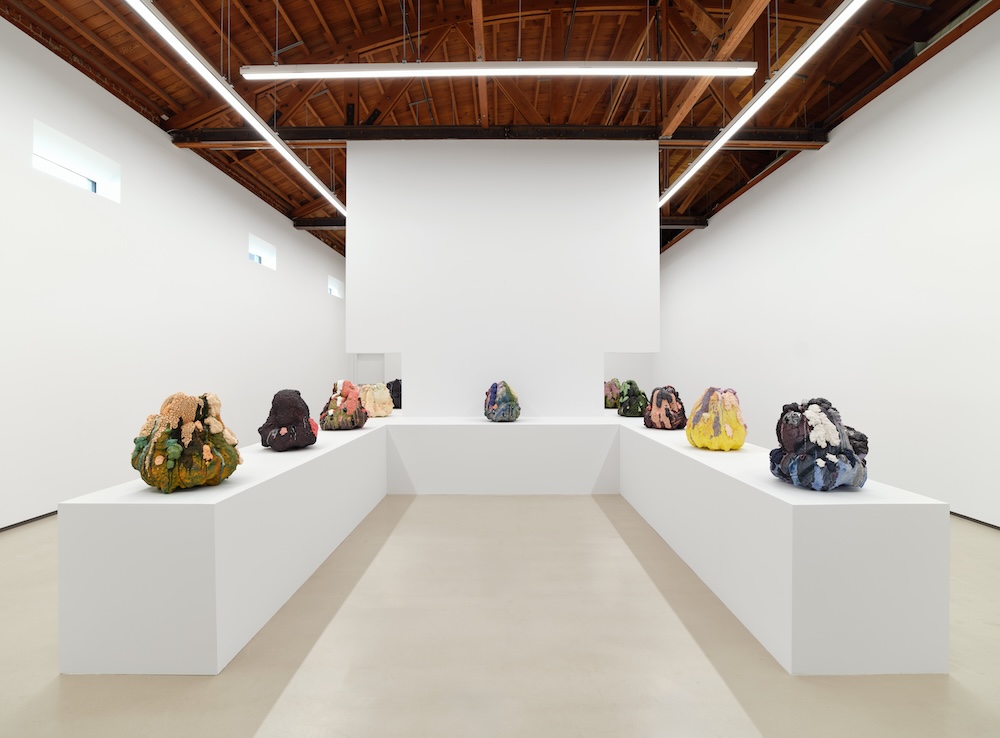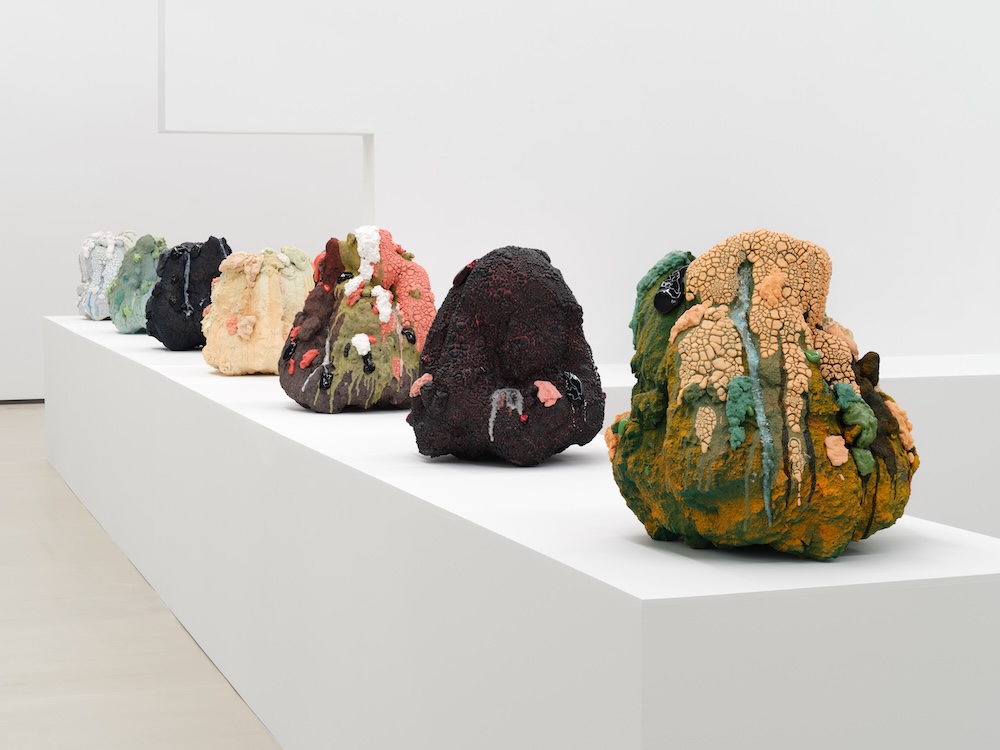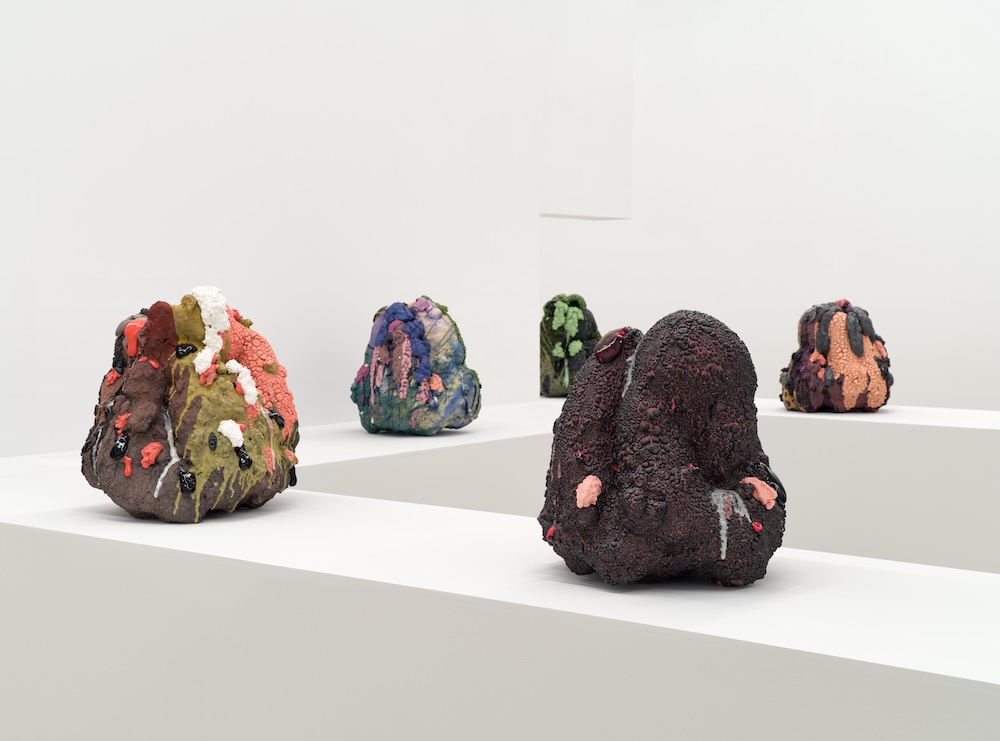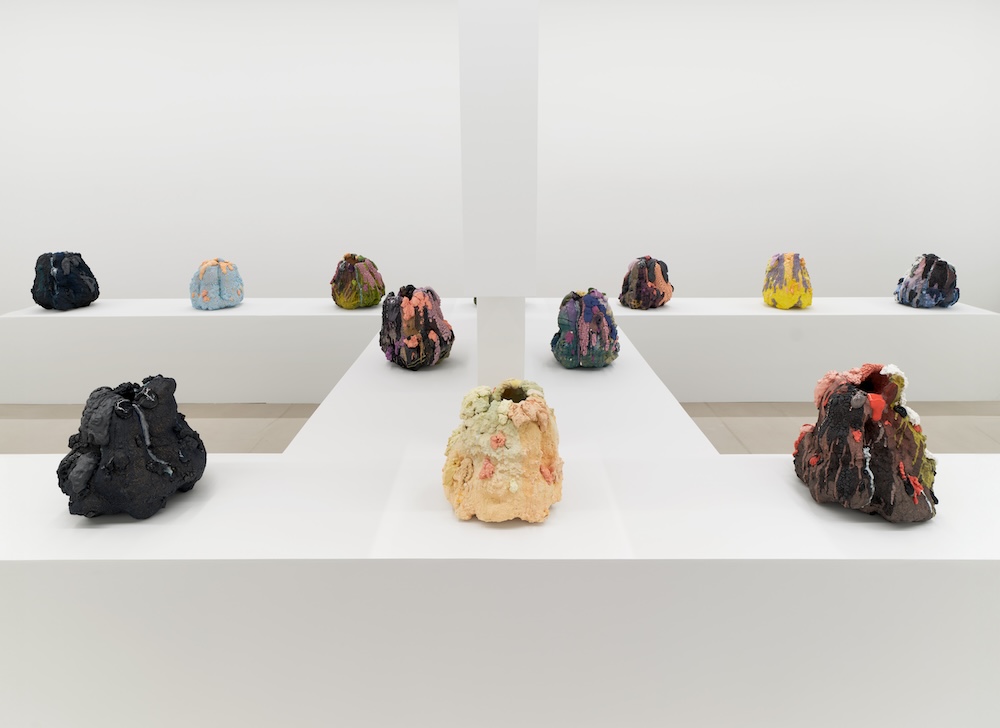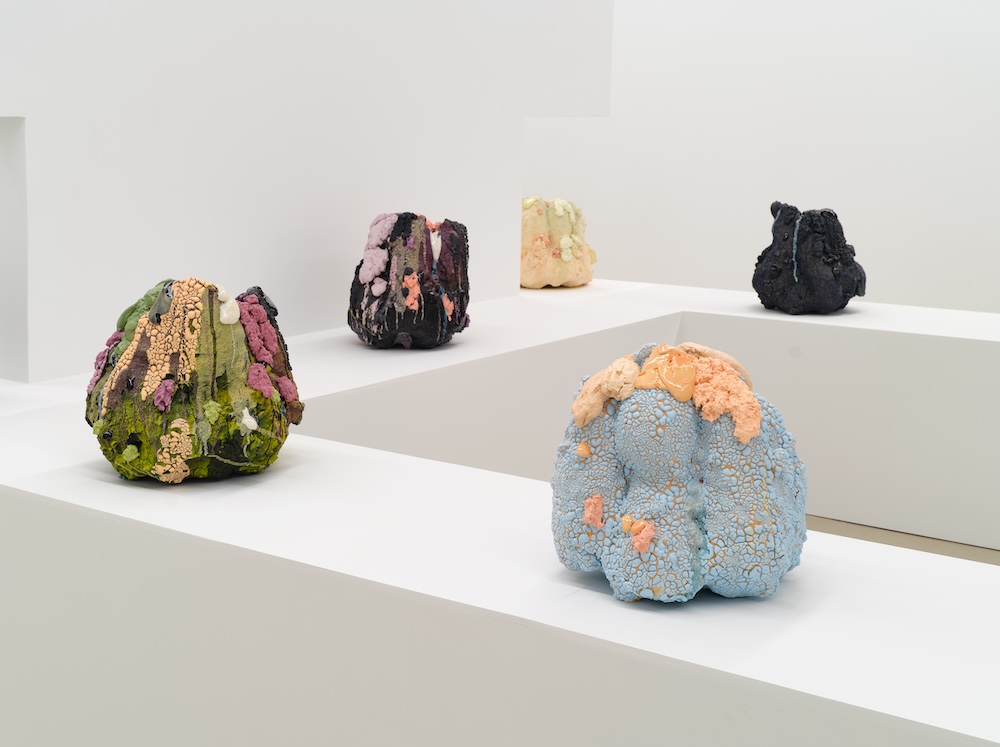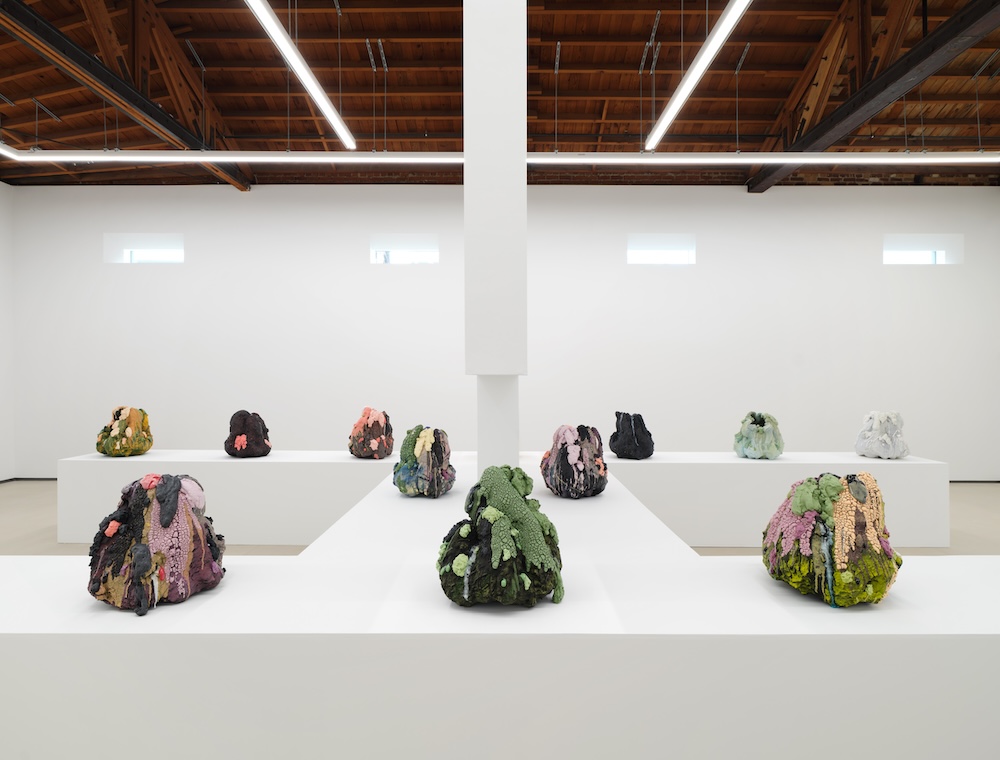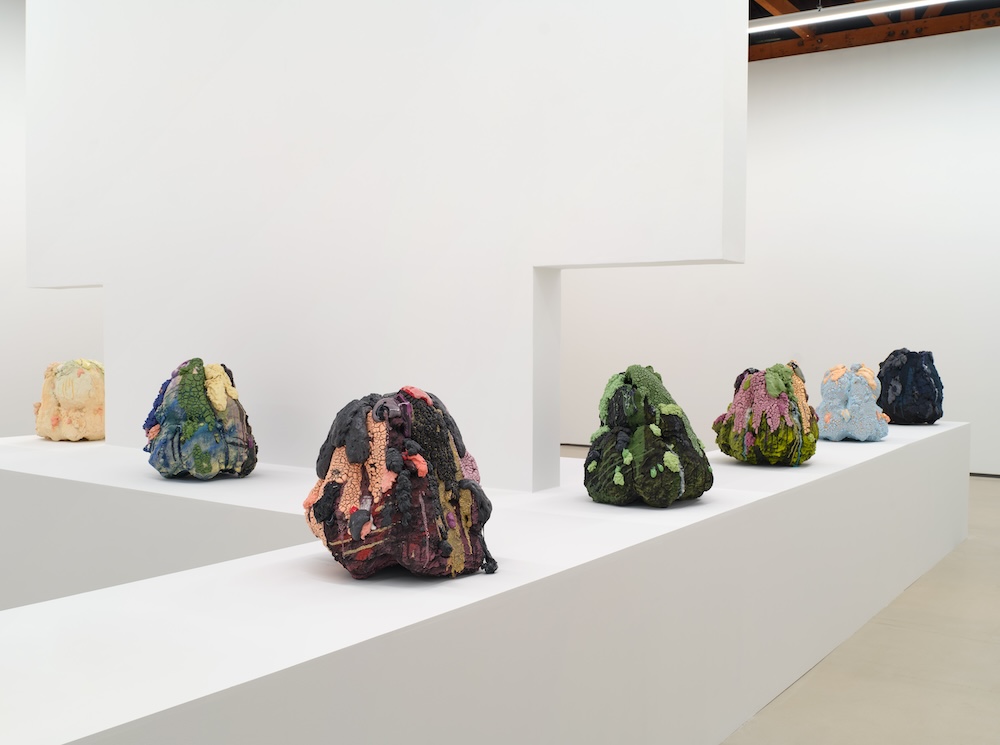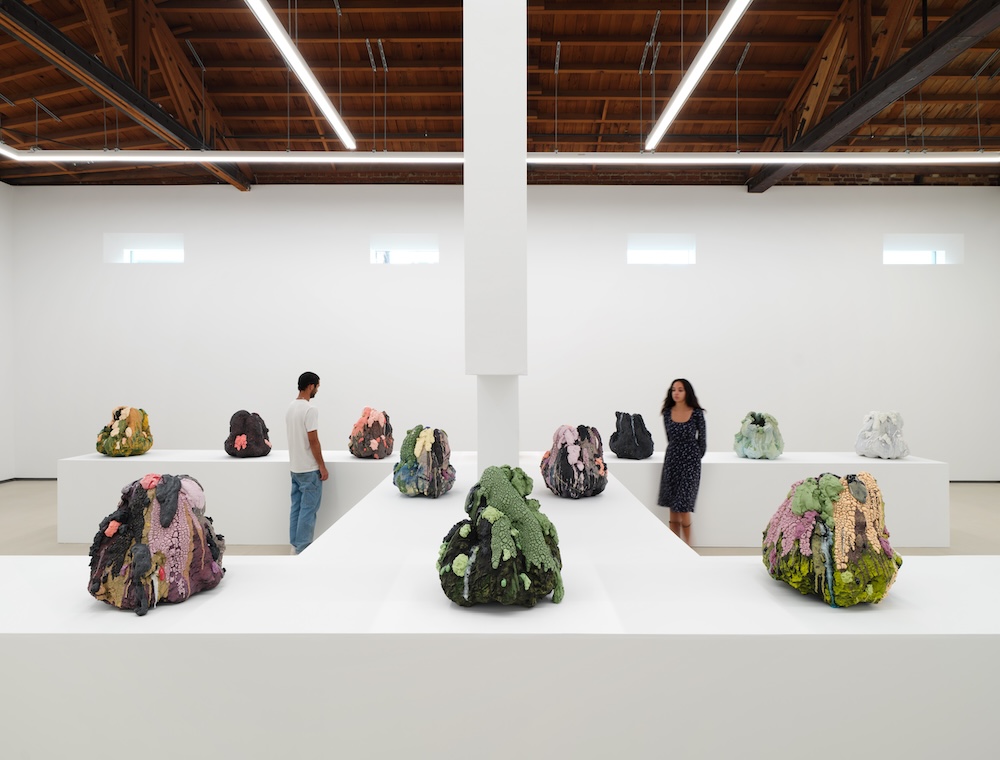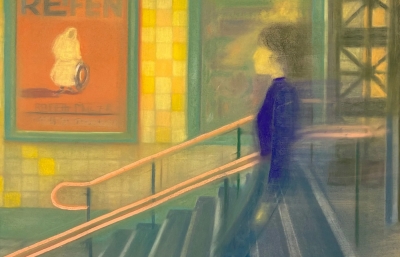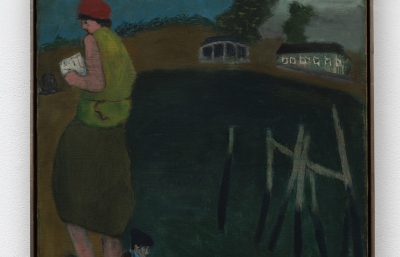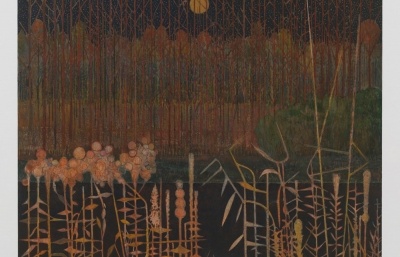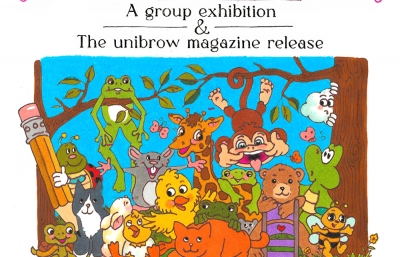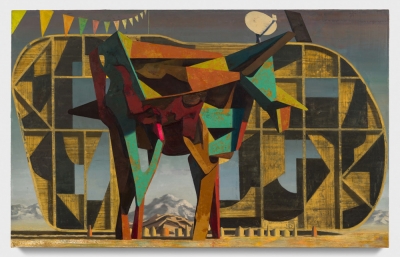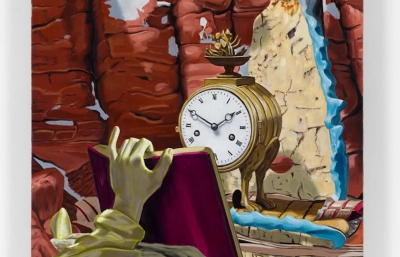Sean Kelly is delighted to present Staring at the Moon, Brian Rochefort’s first exhibition at Sean Kelly, Los Angeles. Rochefort presents new sculptures in an installation that will reconfigure the architecture of the gallery.
Rochefort’s mixed-media sculptures incorporate a variety of different textures, surfaces and colors to create rich, otherworldly forms. Referencing his travels to some of the most remote parts of the planet, such as the Amazon Rainforest, the Galápagos Islands, and the Ngorongoro Crater, in Tanzania, Rochefort internalizes and translates his experiences in these secluded, ancient landscapes into potent sculptural forms.
Rochefort’s sculptures are built up in a unique process of layering, wherein the initial form undergoes multiple firings. Between each firing, Rochefort airbrushes the works and applies glazes, many of which he has developed himself through extensive experimentation. This process pushes the technical limits of ceramics in pursuit of evocative, otherworldly new forms. He works intuitively to build a composition, not unlike an abstract painter, and cites artists such as Albert Oehlen, Joan Mitchell, Franz West, and even photographer Aaron Siskind as influences for their daring deployment of color and texture.
Rochefort’s virtuosic control of his medium is tempered by the element of chance inherent to the process of firing the sculpture. In this way, the completed works are the result of a dynamic interplay between Rochefort’s highly developed technique, the distinctive character of each sculpture, and ultimately chance.
“Some of the most successful pieces that I’ve done in the past have been works that I’ve built up too fast…," Rochefort says, "but somehow I’ve managed to save the form, and it turns into a different monster.”
Rochefort is equally inspired by his travels to remote and untouched ecosystems, such as barrier reefs and rainforests. A vital form of inspiration for Rochefort, the rare and vibrant natural forms found in such locations are apparent in the works. His intent, however, is not to directly represent the landscapes that he visits, a task he describes as “nearly impossible to do.” The sculptures take on the formal qualities of the landscapes through an almost volcanic layering of form upon form, color upon color, and texture upon texture, ultimately blooming into vivid, texturally sumptuous works. His larger freestanding works, which he refers to as Craters, evoke the fundamental quality of Rochefort’s sculptures: a powerful moment of contact with something deeply elemental and otherworldly.



